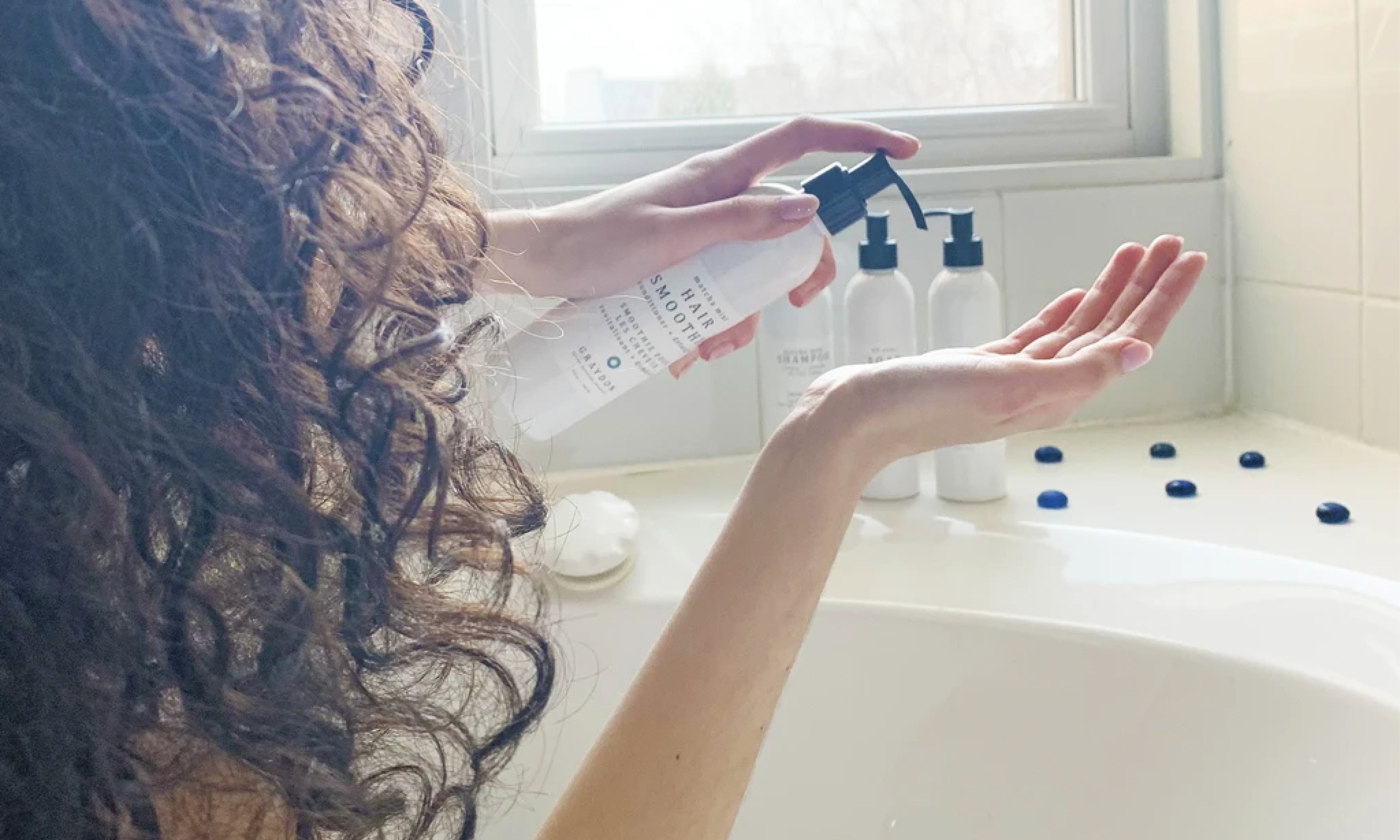
HAIRCARE SERIES PART 2: The DO’S & DON’TS of Cleansing
OK, we hear you. It may feel a little bit juvenile to be reading about how to properly wash your hair as the grown, independent adult you are. But as it turns out, many of us are making small, silly haircare mistakes that could be leading to bigger problems, including itchy scalp or even hair loss.
As part 2 of our haircare series, we decided to take you through the most important do’s and don’ts with regarding to hair washing. These small changes can make a huge difference in the health of your hair, especially if you use heat tools everyday or have troubles managing your mane.
Read on below to find out how you can level-up your haircare routine:
DO: make sure to thoroughly wet your hair with lukewarm water before applying shampoo. Also, make sure to drop a small amount of product on your palm first and then lather––this guarantees even coverage, effective product measurement, and less ($) waste!
DO NOT: use your nails to scrub your scalp. Even with a great cleanser, you can’t kill every germ living under your nails, therefore using them to “massage” your scalp is a one-way ticket to dandruff, itchy scalp, breakouts, infections, and even hair loss. It’s a no from us!
DO understand how shampoo works. Most shampoos are made with surfactants, a compound designed to emulsify oily and dirt on the scalp. This allows for all the build-up on your hair to rinse off easily. Shampoos will also include humectants: a “magnet” molecule with the ability to retain moisture while simultaneously preserving the overall properties of your product.
Some shampoos are more surfactant-based than others, as some are more humectant. To find out, you will need to pay attention to the ingredient label and identify (a quick online search will suffice) which ingredients are classified as what. Certain types of hair–for example, high porosity–with benefit from a humectant-based shampoo. Meanwhile, those with low-porosity hair will benefit from a surfactant-based shampoo as they are the best to fight product build-up. (Have no idea what we’re talking about? Read our last blog on hair porosity).
DO: rinse with cool water. If you fight frizz, pay attention: your hair cuticles won’t seal properly after conditioning if you rinse with steaming hot water. This leaves you with hair that is more susceptible to breakage and hair loss. Rinse your conditioner out with cold water, snapping your cuticles shut and sealing in all of that moisture.
DO NOT: sleep with wet hair. Not only are your strands weaker when they are wet, but rolling around on them as you sleep is a recipe for damage. It is also recommended to swap your traditional pillowcases out for a silk one for a ton of reasons you can read about right here.
DO NOT: believe everything you read. Just like skincare, hair care is very personal and will vary from person to person. While many people advocate for not washing hair every day, some benefit from it–and vice versa. Our best word of advice is to educate yourself, ask for advice from hair professionals (not just salon stylists!), dermatologists, and learn from personal experience.
On that note, see you next week!
Mathilde

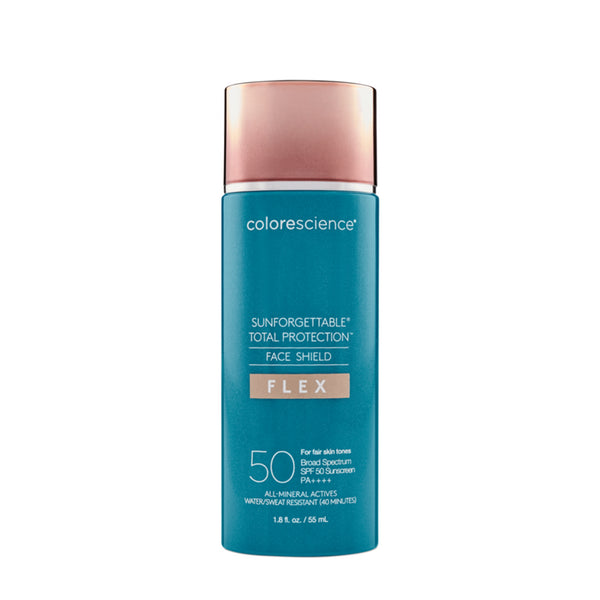
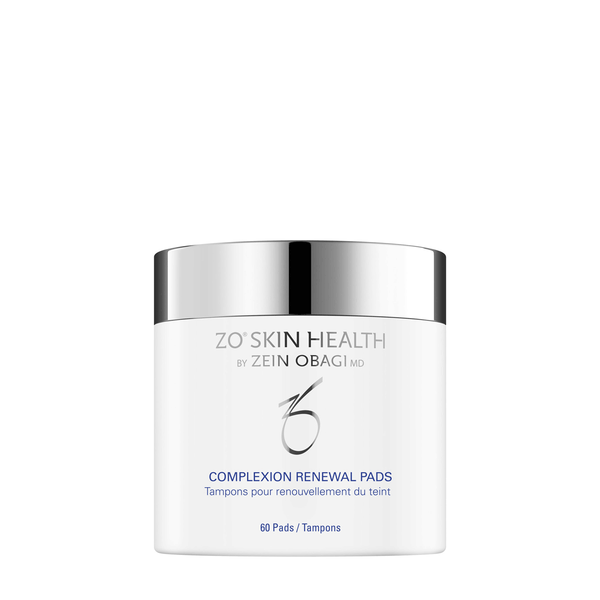
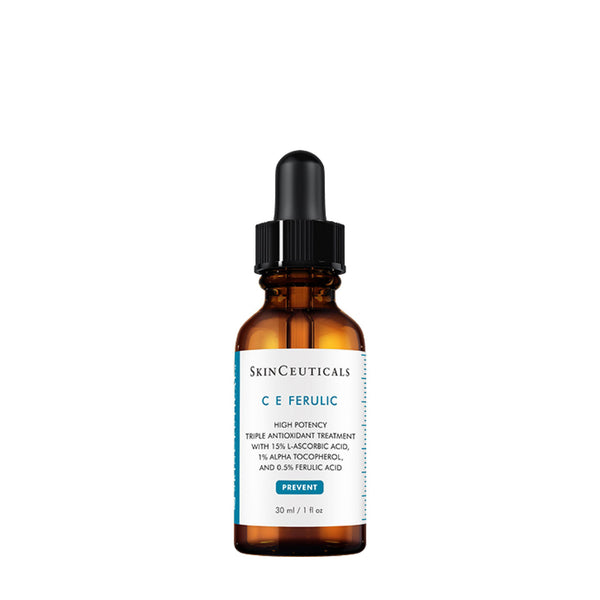
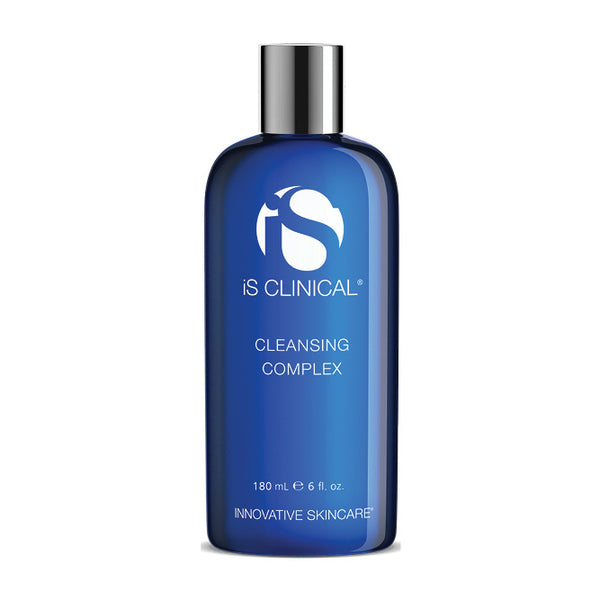
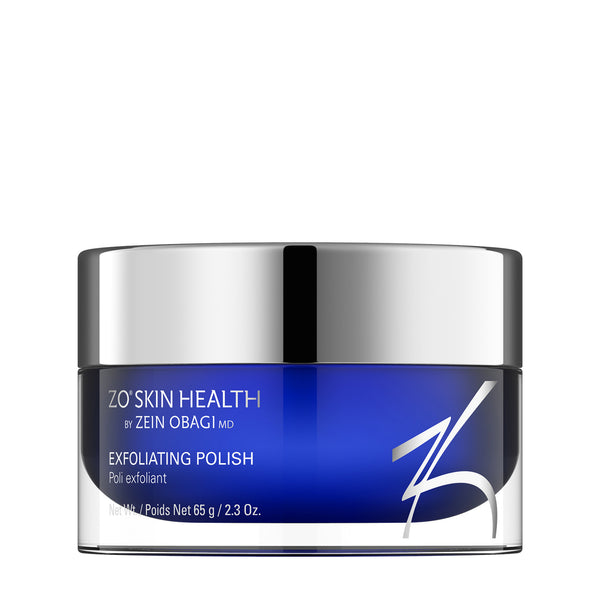
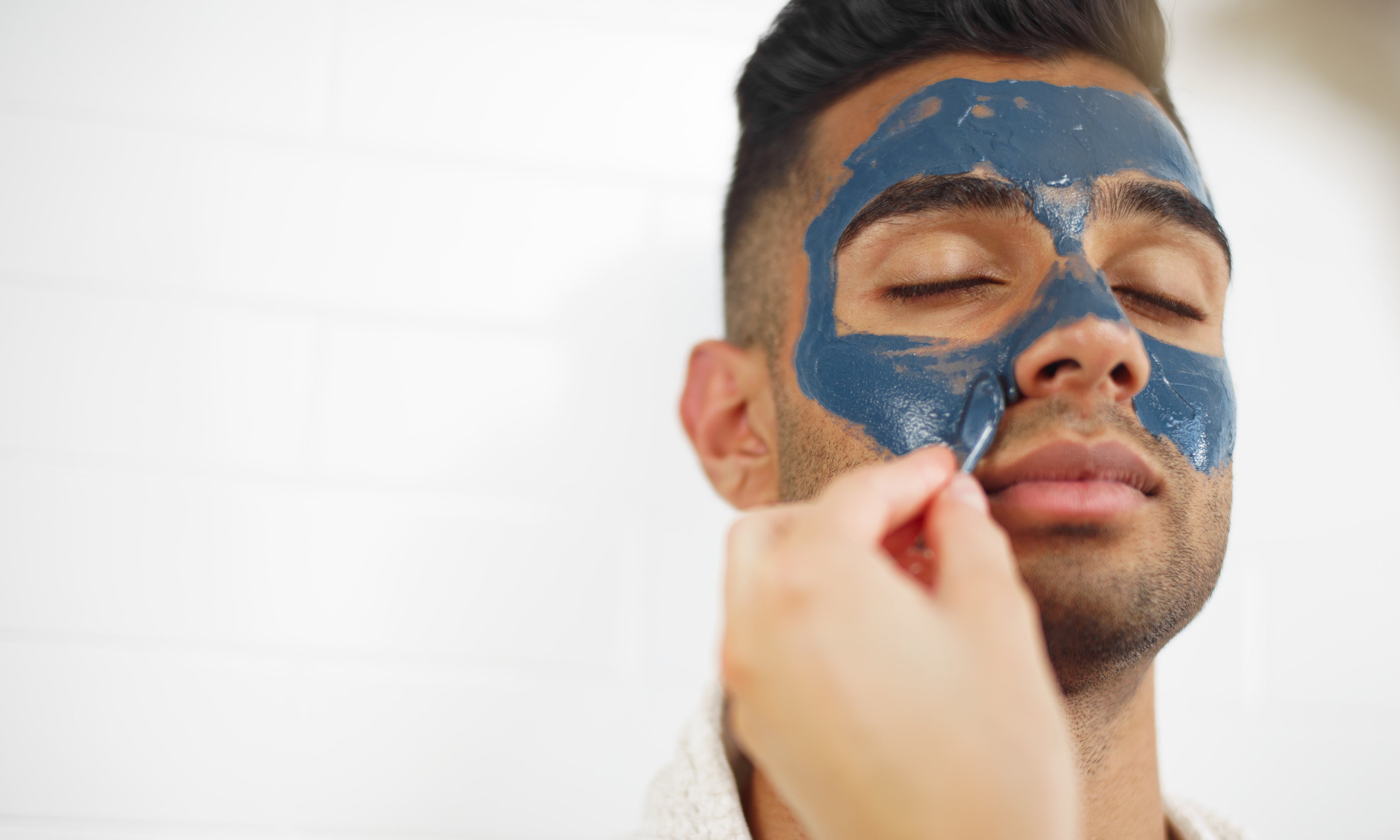
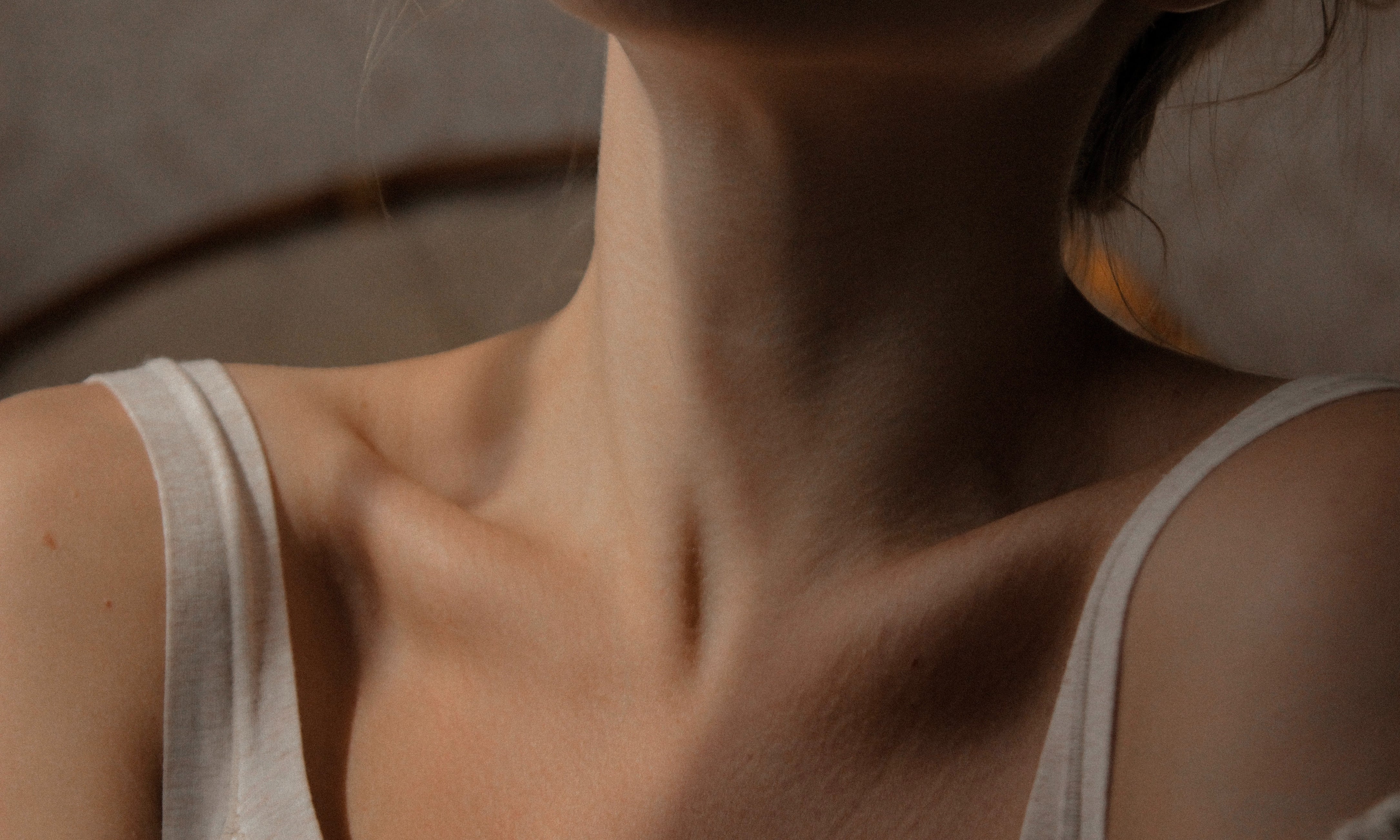



Leave a comment